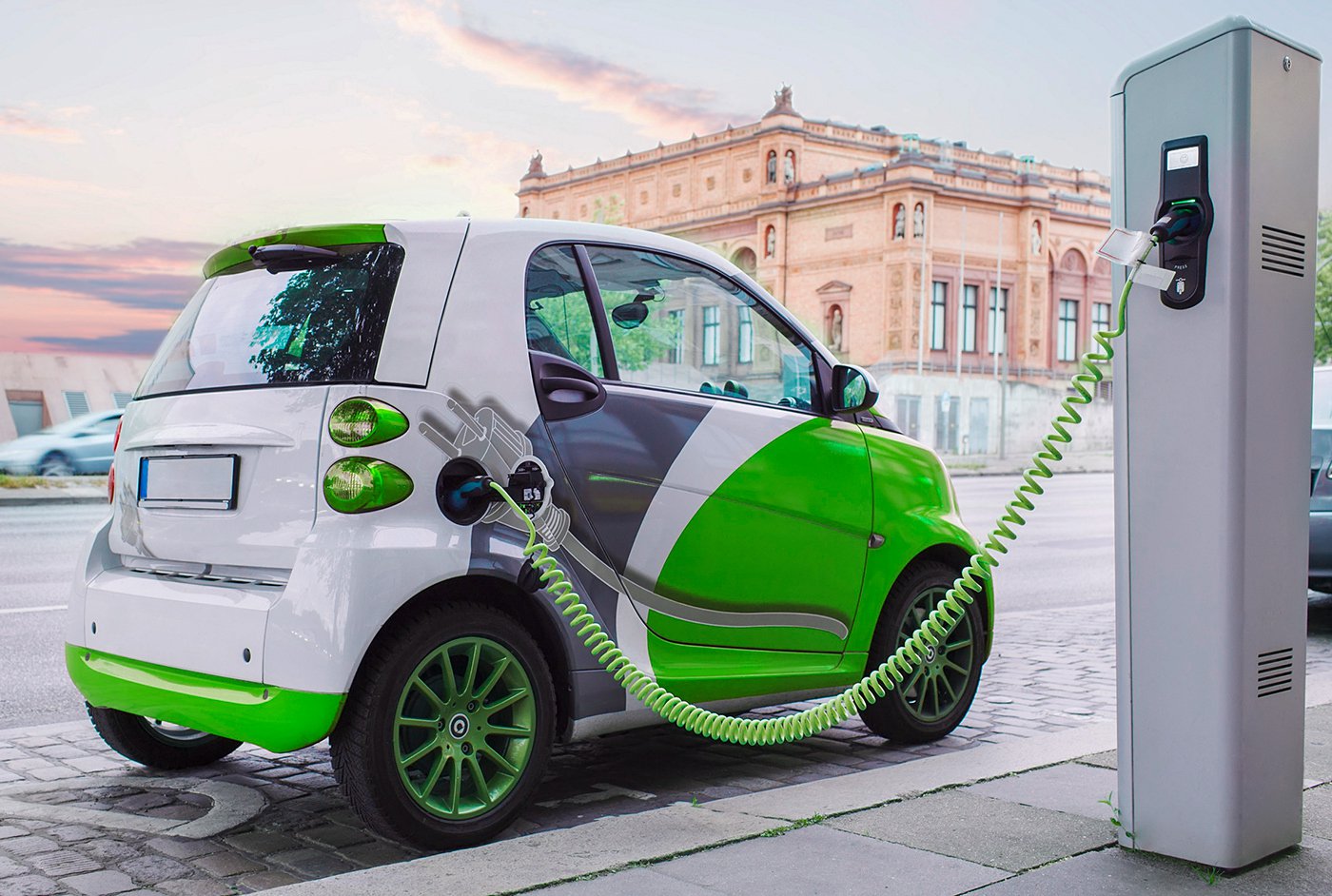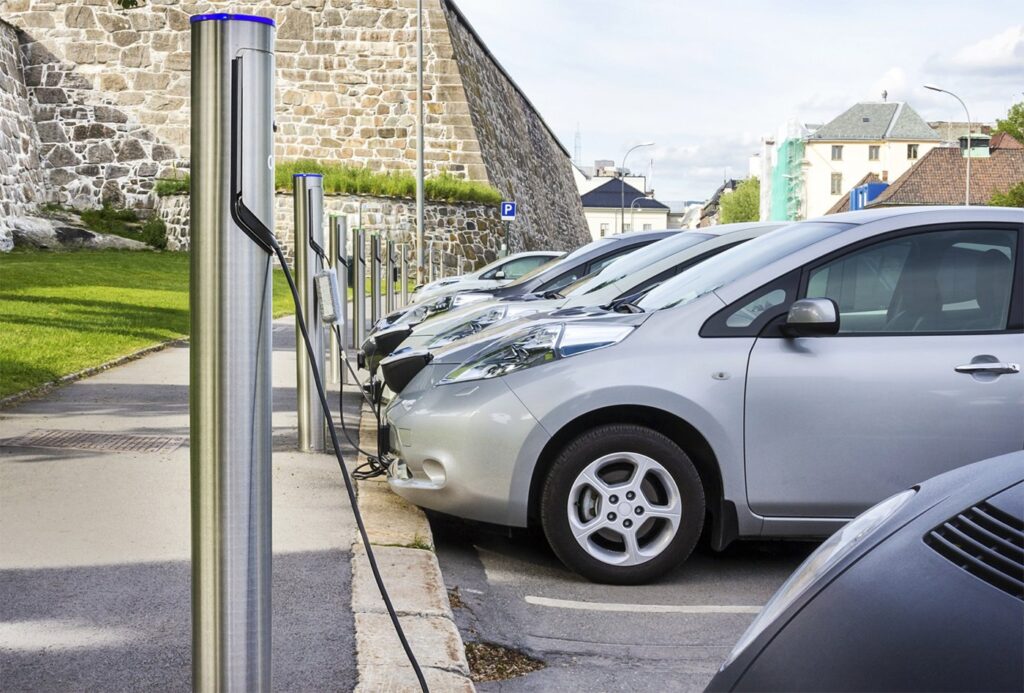
The Growing Need for Public EV Stations
The electric vehicle (EV) revolution is in full swing, with more drivers making the switch to cleaner, greener transportation options. As EV adoption continues to rise, so does the demand for public EV charging stations. These stations play a pivotal role in addressing one of the primary concerns of potential EV owners: range anxiety.
Range anxiety, the fear of running out of battery power before reaching a charging point, is a significant barrier to EV adoption. Public EV stations help alleviate this anxiety by providing convenient and accessible charging options, making EV ownership more appealing to a broader audience.
In this three-part series, we will explore the current state of public EV stations, the challenges they face, and the innovations that are shaping their future.
The Current Landscape of Public EV Stations
The availability of public EV stations varies significantly by region. While urban areas often boast a higher concentration of charging infrastructure, rural and less densely populated regions may lag behind. This discrepancy highlights the need for a more comprehensive and equitable network of charging stations.
Public charging stations come in various forms, from Level 1 chargers that provide a slow but steady charge at home, to faster Level 2 chargers commonly found in parking lots and shopping centers, and even high-speed Level 3 (DC fast) chargers along highways for quick top-ups. The mix of charger types is crucial to meet the diverse needs of EV owners.
Despite progress, challenges remain, including standardization of charging connectors, ease of payment, and ensuring station reliability. Additionally, some potential EV owners may face challenges due to a lack of home charging options, making public stations even more critical.

The Future of Public EV Stations
The future of public EV stations holds promise and innovation. One key development is the expansion of the charging network. Governments, businesses, and energy companies are investing in infrastructure to address range anxiety and encourage EV adoption. This expansion includes deploying more Level 2 chargers in urban areas and strategically placing Level 3 fast chargers along highways for long-distance travel.
Another exciting trend is the integration of renewable energy sources into charging infrastructure. Solar panels atop charging stations and energy storage systems can make public stations more sustainable and reduce their environmental impact. Moreover, smarter charging technologies are emerging, allowing EV owners to optimize charging times for cost savings and grid management.

In conclusion, public EV stations are the backbone of the electric vehicle revolution. They not only alleviate range anxiety but also promote widespread EV adoption. As governments and businesses continue to invest in charging infrastructure, and as technology advances, the future of public EV stations is brighter than ever, paving the way for a cleaner and more sustainable transportation future.
